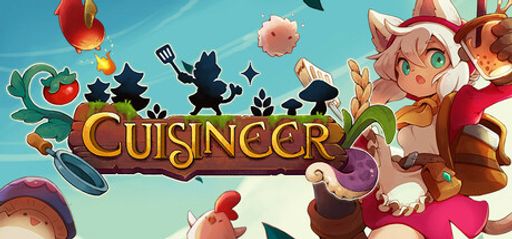When I first heard about Cuisineer—a “super cute and tasty roguelite dungeon crawler” from BattleBrew Productions—I was instantly sold. The idea of exploring a lush, colorful world with a spatula in one hand and boba tea in the other was too good to resist. After spending a cozy weekend (and a few late nights) cooking up monsters and recipes, here’s my laid-back review of what works, what stumbles, and whether it deserves a spot in your cozy gaming rotation.
Overall Impressions
Cuisineer blends charming visuals with a lighter roguelite experience, offering a refreshing mix of dungeon crawling and restaurant management. The gameplay loop—exploring, gathering ingredients, and serving dishes—delivers a steady stream of small goals that make you say, “just one more run.”
The adorable art style and the clever integration of cooking into combat upgrades help it stand out among cozy sims. However, the main story feels short and the townsfolk lack variety.
Compared to cozy classics like Recettear, Cuisineer ranks slightly below the very best but outshines many generic dungeon crawlers. Its accessible design and mix of exploration and management make it perfect for players seeking a low-pressure, goal-oriented game. While it can get repetitive, the balance of cooking charm and light action keeps it warm, inviting, and worth adding to your cozy gaming library.
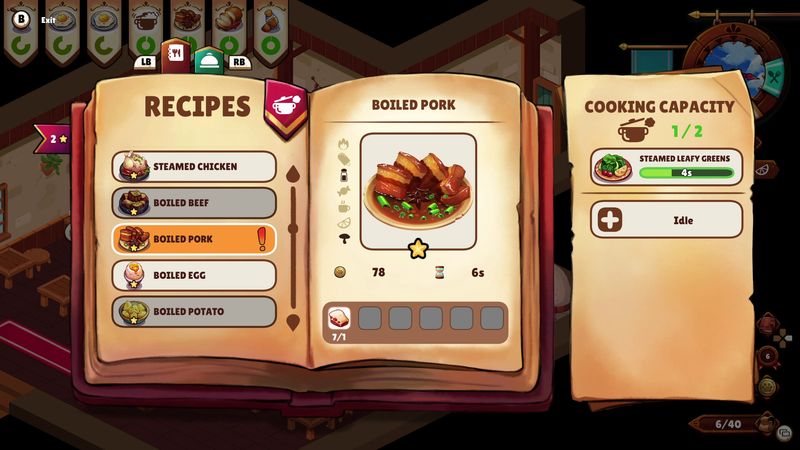
Gameplay Mechanics
The game’s charm lies in short dungeon runs, where you battle candy corn slimes and pepper pixies to gather ingredients for your restaurant. Each recipe boosts your stats—think Soup of Strength or Dumplings of Speed—making every run rewarding. Snappy combat with your trusty spatula, a variety of ingredients, and playful boba tea power-ups keep the pace lively.
Still, repetition sets in after unlocking several kitchens’ worth of recipes. The limited NPC dialogue leaves relationships feeling shallow. While the cast—like the vegan tofu farmer and ramen-obsessed scholar—is adorable, they never get the depth they deserve. Some players may feel it “lacks depth and mechanics,” but new dungeons and recipes still deliver cozy satisfaction.
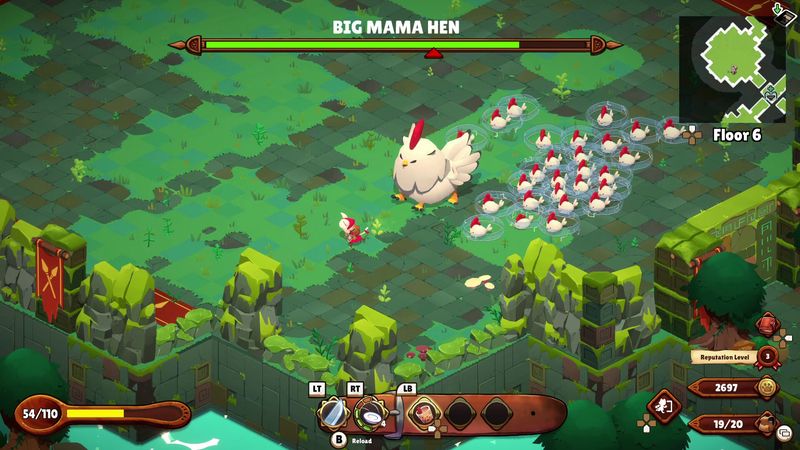
Story and Characters
You inherit a struggling restaurant, venture into dungeons for fresh ingredients, and search for missing pages of your family’s secret cookbook. The story is light on twists but supported by a colorful cast, including a rabbit barista and ghost sous-chef.
Memorable moments—like uncovering the final cookbook page after a boss fight or catering a tea party for lost spirits—add warmth. Still, more character depth or a cooking contest subplot could have made it stronger. The light banter keeps things cozy and heartwarming, perfect for casual storytelling fans.
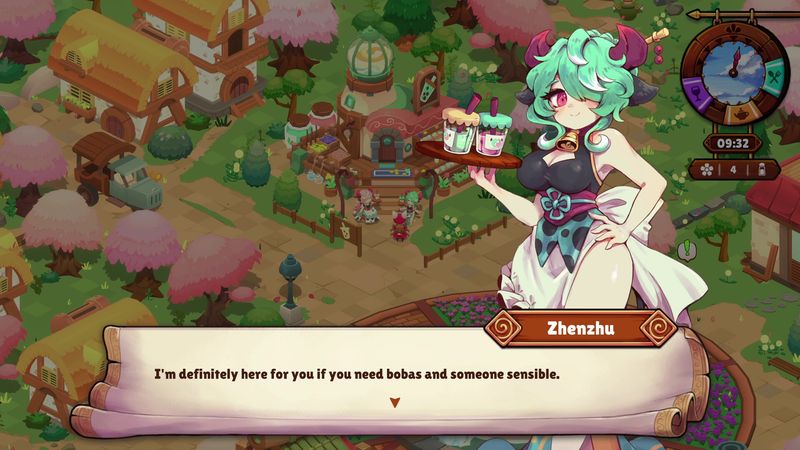
Visuals and Graphics
Cuisineer feels like stepping into a living storybook, filled with bright pastel colors, expressive-eyed monsters, and whimsical kitchen tools. The clean UI makes managing recipes, inventory, and dungeon maps simple, even in a relaxed couch-gaming setup.
Small touches—like sparkling dungeon ingredients and the purring animation of your stove—enhance immersion. While occasional slowdown occurs when many enemies appear, it’s minor and doesn’t spoil the visual joy.
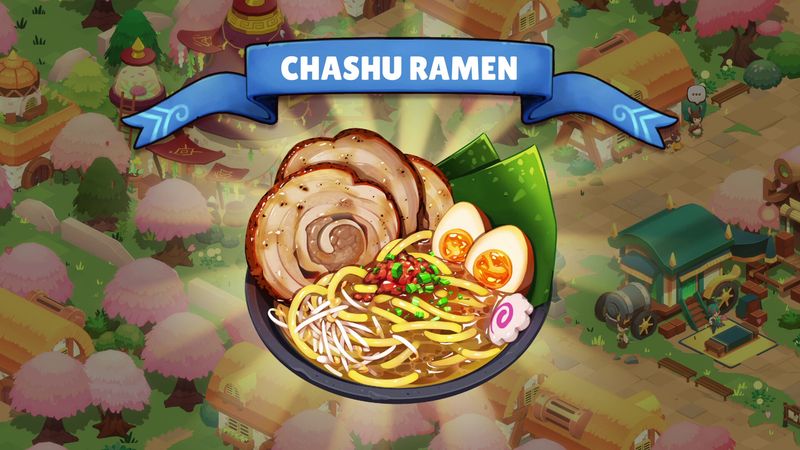
Sound and Music
The soundtrack blends bubble tea-inspired jingles with soft café acoustics, perfectly matching the game’s easygoing mood. Cute sound effects—like the “plink” of collecting beans or the “swoosh” of a perfect pancake flip—add charm.
There’s no voice acting, but the emoji-style dialogue icons (like a smiling spatula) give plenty of personality. If you love cozy game music playlists, Cuisineer’s OST is worth adding to your coffee-break rotation.
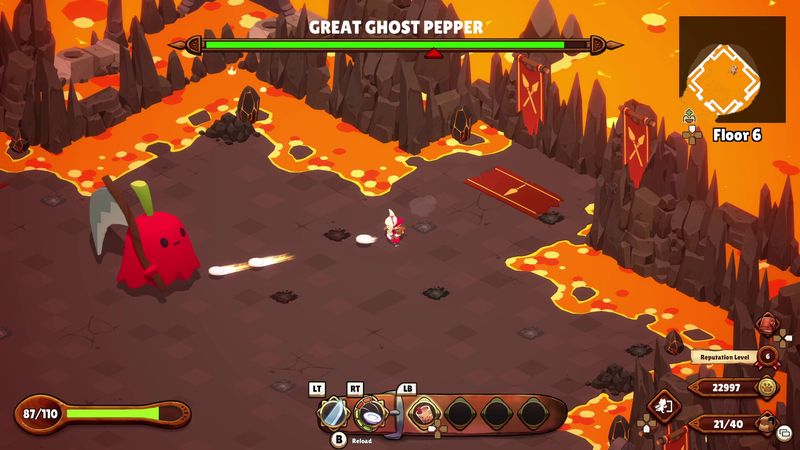
Difficulty and Replayability
Cuisineer strikes a balance between casual fun and light roguelite challenge. Death in a dungeon costs some ingredients but lets you keep recipes and partial progress, keeping it approachable without losing tension.
Replay value is solid for completionists. Collecting all recipes, maxing kitchen upgrades, and finding hidden dungeons can stretch playtime to 20–25 hours. Chasing the perfect restaurant rating adds extra goals, though the loop feels thinner once everything is unlocked.
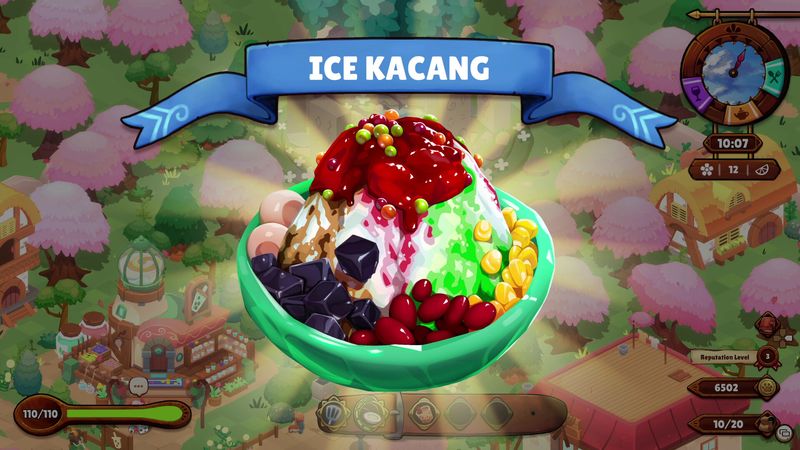
Trivia & Behind-the-Scenes
BattleBrew Productions, founded in 2018, achieved breakout success with Cuisineer. The lead artist hand-painted over 200 ingredient icons, each designed to make you think, “Can I eat this?” Published in the West by Marvelous Europe, the game launched with a free radish-themed spatula DLC. Composer Mina Sakai—known for mobile café sims—completed the full soundtrack in under three months, perfectly capturing the cozy vibe.

Final Thoughts
Cuisineer nails that cozy, “sit-back-and-bake” feel. It’s perfect for quick dungeon runs, crafting new recipes, and watching happy customers line up. The story and NPC interactions could use more depth, and the loop eventually repeats, but the overall experience is sweet and breezy.
Rating: 4 out of 5 stars
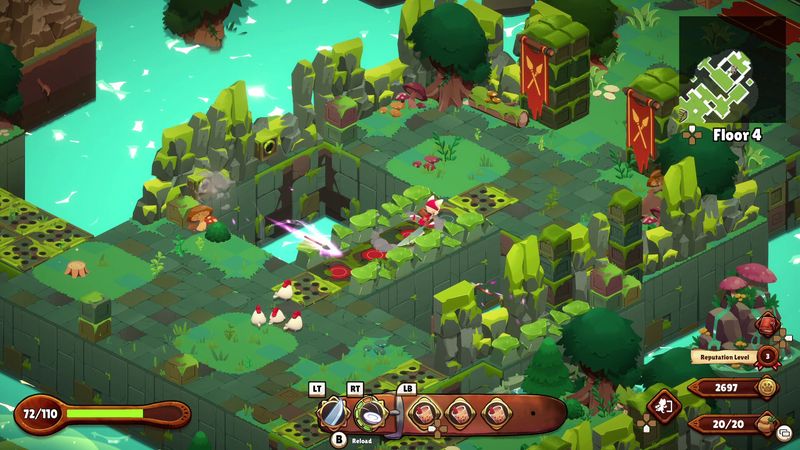
With its whimsical art, pastel palette, and cooking-based upgrades, Cuisineer is approachable for casual players yet offers enough progression for dedicated fans. It blends dungeon crawling with restaurant management into a loop that’s both charming and engaging.
If you’re in the mood for a lighthearted cooking simulation game with roguelite flair, Cuisineer delivers plenty of warmth. Grab your spatula, sip your boba tea, and dive into an adventure that’s hard to resist.

